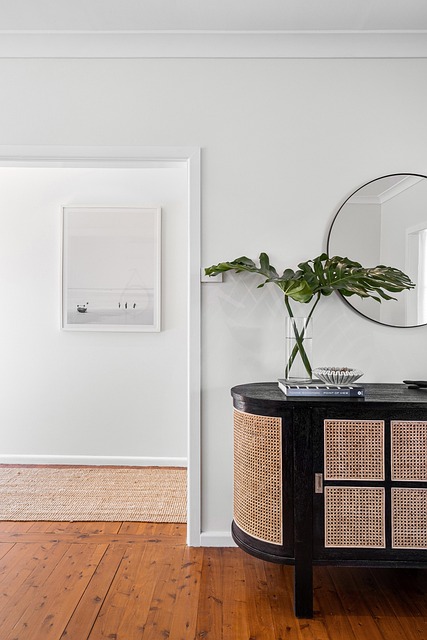
Most homeowners don’t think much about their drywall until something looks or feels wrong. Yet behind that smooth coat of paint, drywall can be one of the most vulnerable materials in a home when moisture sneaks in. Water and humidity don’t need an open flood to cause trouble — a small leak, poor ventilation, or even seasonal humidity shifts can start a slow process of deterioration that often goes unnoticed until it’s too late.
The Hidden Nature of Drywall and Moisture
Drywall isn’t as solid as it appears. It’s a paper-faced gypsum board, and that paper layer is especially absorbent. Once moisture penetrates the surface, it’s like a sponge—it holds water and slowly softens the gypsum core. Over time, this causes the board to swell, buckle, or crumble. You might first spot faint discoloration or a slight texture change, but by the time stains form or paint begins to bubble, the damage beneath has already advanced.
Humidity alone can also do harm. In regions where summers bring heavy air and warm nights, interior moisture levels can climb high enough to make drywall feel damp. Persistent humidity can lead to mildew growth between the paper layers or behind baseboards, where ventilation is limited. Even if the wall looks clean, that musty odor is often the first warning sign.
Common Sources of Hidden Moisture
It doesn’t always take a roof leak or burst pipe to threaten drywall. Condensation from poorly insulated exterior walls, plumbing lines sweating behind the surface, or bathroom fans that don’t vent properly can all feed moisture into drywall cavities. Over time, screws may begin to rust, joint tape can separate, and walls may show subtle warping.
Crawlspaces and basements are frequent culprits as well. Moisture rising from the ground or seeping through unsealed foundation walls can travel upward, feeding dampness into lower-level drywall. Once moisture is trapped inside, it rarely dries evenly, which leads to persistent weak spots and hidden mold colonies.
What Happens When Damage Sets In
Once drywall has absorbed water, its structural integrity quickly fades. The gypsum softens and loses cohesion, so even after it dries, it may remain brittle and powdery. This weakens wall strength and makes it more prone to cracking under normal movement. In the presence of organic dust and continued moisture, mold spores thrive—spreading behind walls where air rarely circulates.
Protecting Drywall Before It Fails
Prevention is always less costly than repair. Keep indoor humidity below 50%, run exhaust fans during and after showers, and ensure gutters and downspouts carry water well away from the foundation. Periodically inspect around windows, plumbing fixtures, and attic spaces for any signs of dampness or staining.
When moisture begins to whisper through your home’s framework, listening early can save you from a costly conversation later.

Recent Comments